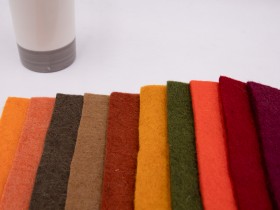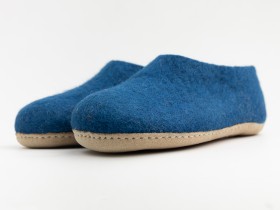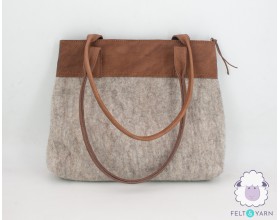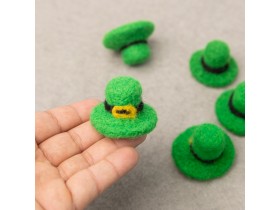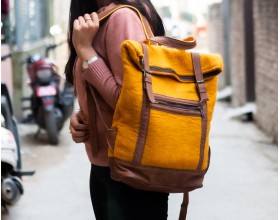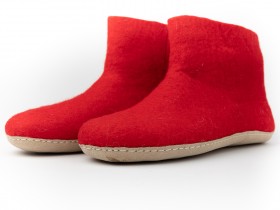Felt is one of the most versatile and beginner-friendly fabrics to work with, perfect for a wide range of applications, including DIY crafts, home décor, handmade gifts, and accessories. But is felt right for your project? In this guide, we break down the advantages and disadvantages of felt, explore its various types, and provide practical sewing tips to help you confidently create unique, professional-looking felted projects. Whether you’re a parent, teacher, small business owner, or DIY enthusiast, this post will help you unlock the full potential of felt.
The felt sewing project is the easiest and most flexible product for making different items of felt. If you are starting a handmade felted wool product business, it is key to choose the best supplier. Whatever you need, supplies, Felt and Yarn manufacturer is one of the best suppliers where you can purchase perfect and best quality felt for your home decor. Wool is a very commonly known textile from felt. Felting is a natural fiber and textile that has special properties used for a variety of purposes. There are two basic processes of making felted wool material, i.e., wet and dry. Felted wool making is originally found in Central Asia countries and broadly adopted by their cultures for various purposes, including decorative wall hanging, shoes, jewelry, clothing, and more.
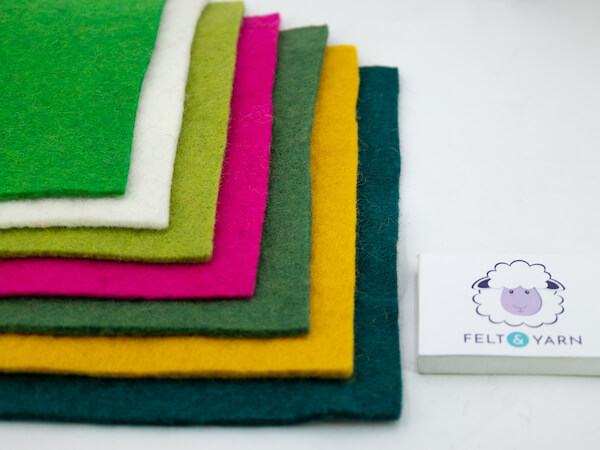
What is Felt? Understanding This Unique Fabric
Simply felt is a natural fiber that is felted together, and it is a classical and oldest fabric that some people still prefer the oldest fabrics to use. In traditional times, felt was purposely used to make rugs, clothing, and natural felting slippers only however, nowadays felt is used for a variety of purposes, from decoration and crafting to clothing.
There are different variety of felt which comes in various vibrant colors. Also, it comes in different weights. Some of the felt is even thicker as compared to other fabrics but for padding, thick felts are used, which are also used for insulation. That’s why felt has superior thermal insulating properties as well, whereas thinner felt is used for everything from kids’ crafting to adult crafting or DIY sewing projects.
Pros of Sewing with Felt
The significant favorable reasons for working with felted wool products are briefly explained below:
No Fraying – Easy to cut and handle
As stated on many research sites, felted wool is a non-woven, physically mashing textile fiber. If you are interested in making a unique form of decoration, then felt is a great material to work with for the new learner, and involves their creativity in felted wool crafts.
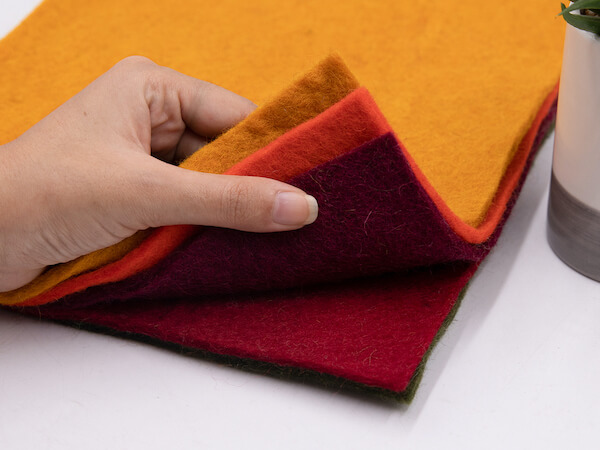
Eco-friendly – Natural and biodegradable options
Natural felted wool is an environmentally friendly resource and renewable as well. It is made from natural fibers and completely it is completely biodegradable. On the other hand, synthetic fibers or felt are usually made from nylon, acrylic, or recycled plastic. It is quite environmentally conscious, and natural fibers must be a better option to use and deliver customers' required materials.
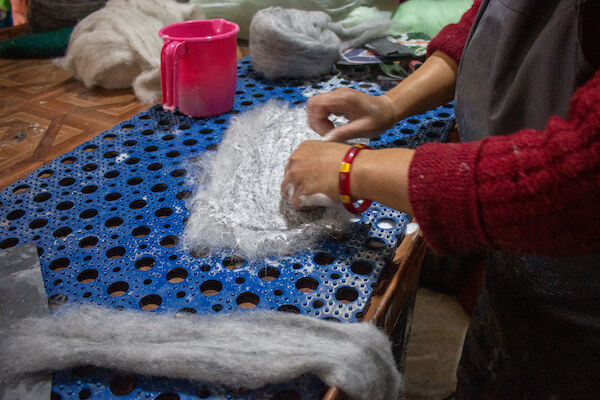

Affordable & Accessible – Budget-friendly for DIYers
Felted wool product is the most inexpensive material in common parts, which uses a mixture of wool and synthetic fibers, and these are mostly compressed using heat and moisture. Usually, it is affordable to manufacture and helps to achieve high density with a wide range of thicknesses. It is a great practice or sewing tip for the learner, but careful felt acts differently from the woven product.
It is a natural process material and easily crafters or felt-makers access or purchase for their design or goals. You can grab your product from our online store as well, almost every kind of felt is available with the best quality at an amazing price.
Versatile & Resourceful – From crafts to home décor
If you are looking for felt, then DIY crafts easily come along with it. Diy sewing projects with felt is the easiest thing in a lot of ways. Especially if you are making winter accessories like scarves, mittens, and hats, then felt is the perfect one to use. Moreover, you can use felt for home decoration, only you have to combine festive shapes into garlands or add a good texture to pillows with the use of different designs and shapes of felt.
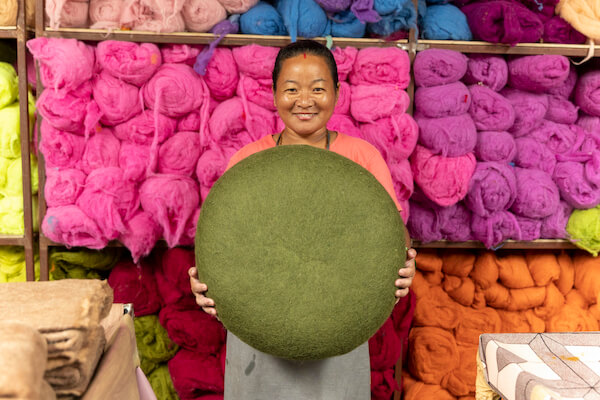
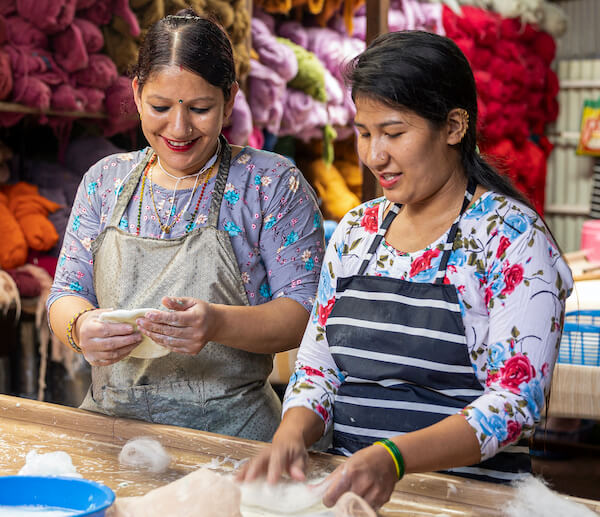
Also, you can keep your floor protected by padding the legs of furniture with felt, and to store you're felted wool product properly, you can add decorative storage with comfortable and soft felt boxes. Many other fabrics are used for a lot of things; however, the felted wool fabric can be used to make accessories like felted wool bags and purses, and if you're making something thicker kinds of felt even water-resistant, it will be a perfect choice to make slippers and house shoes. There are still a lot of things that can be made with felt. For even more ideas on using felt, you can check out these blogs or visit our websites.
Durable & Tear-Resistant – Long-lasting and strong
Felted wool is the best material; it keeps its form and still has soft and smooth fibers as compared to other materials. It is better, and extra fine fibers adapt to your feet. Not only that it also maintains a comfortable temperature all around, as this kind of wool keeps warm when it is cold outside and cools when it is hot.
This felt material is very durable and flexible to breakage due to the complex cellular structure of wool, and is seven times stronger than cotton. You can easily bend wool felt more than 30,000 times without any worries. Wool felt is one of the traditional, well-known textile materials that provides 100% high-quality, strong,g and heavy wool felt with special vibrant colors. It is a tear-resistant, amazing fabric that is perfect for handcrafting and simple sewing projects.
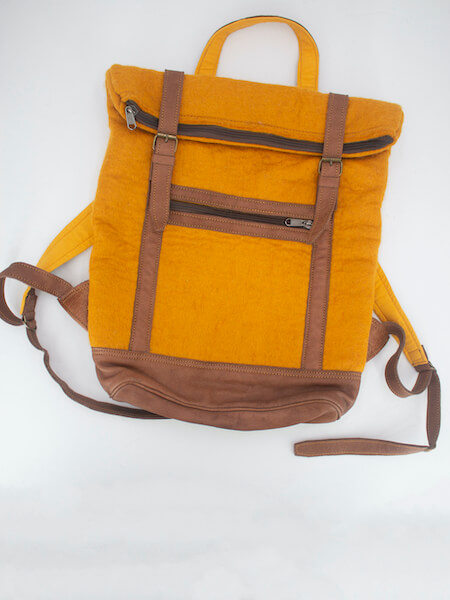 .
. 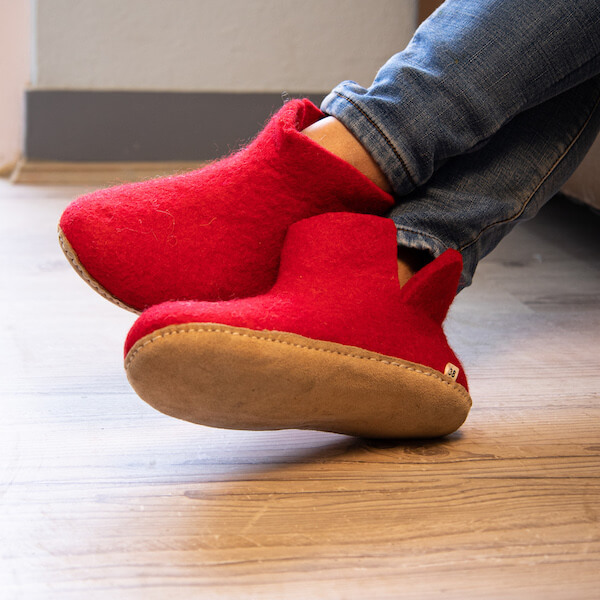
Unique Texture – Adds visual and tactile interest
Felting is a fibrous material by the solicitation of moisture, matting, and different fibers possessing felting properties, and such fibers include wool, fur, and hair fibers that mat together. It produces different sewing ideas and even produces them when mixed with other fibers. Wool felt is a chemical and wear-resistant material that retains its strength and unique properties for use.
Easy to Cut and Sew – Great for beginners
Felt materials cut perfectly every time. It is an awesome product. It has hight extraordinary absorbent capabilities, easy to cut in any size and shape or structure with a clean edge. It is also a thick material with no requirement for clean edges.
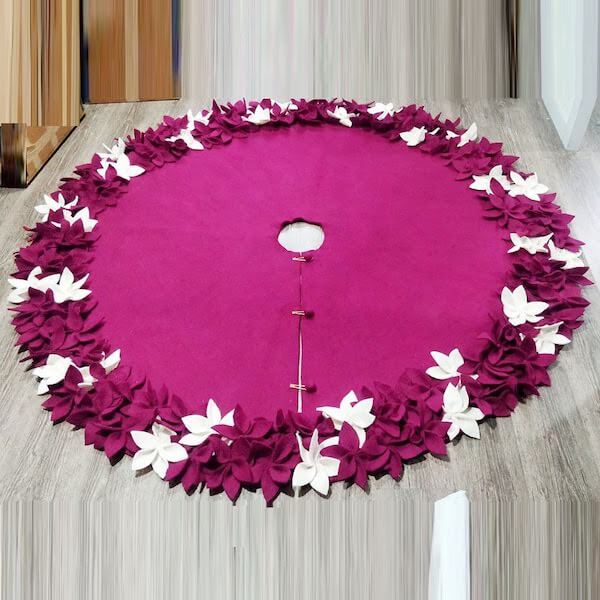
Easy to Sew by Hand or Sewing Machine
Felt is a brilliant sewing tip for beginners for handicraft purposes. There are a variety of vibrant colors and very simple to-sew structures as you desire and making it an amazing, perfect material for many DIY projects, holiday decorations, and sharing gifts.
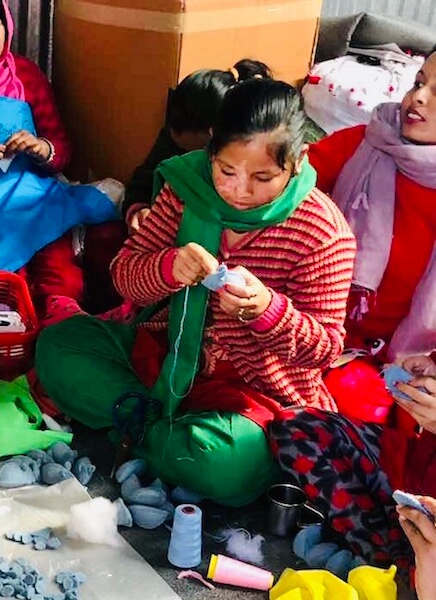 .
. 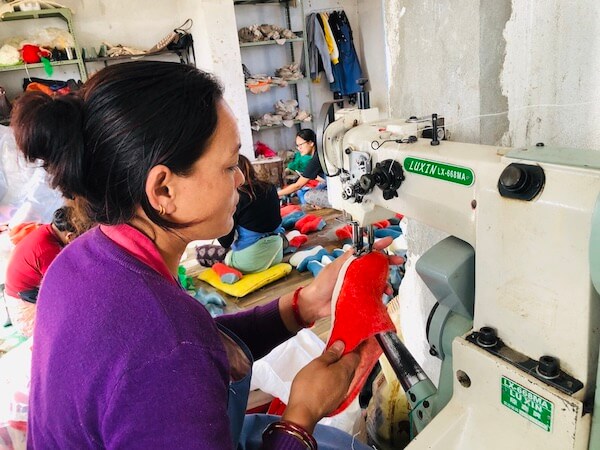
For instance, projects like festive(Christmas) decorations and finger puppets can easily be sewn by hand, and they provide a handmade look. The thread and needle are the main required materials for sewing felt with a sewing machine. Straight stitches are widely used for felted wool sewing, and you can find a blanket stitch on some sewing machines. Also, you can try it for stitching applique and provide your nice, handmade look felt project.
Cons of Sewing with Felt
Though the above are the great merits of working with felt for beginner sewing projects, and there are some demerits as well, working with felt points are briefly discussed below:
Less Elasticity – Heavier felts can be stiff
Once you take your time to study how to sew felt fabric well, you will know that it doesn’t have a lot to give for felted wool craft ideas. If you usually work with lightweight felt, it will have more stretch to it or you can say it is easily stretchable as well, but it finds it difficult to stretch in its heavier counterparts as compared to lightweight. Felt tends to be a bit stiff and resistant whenever you compare it to woven fabrics. The biggest drawback is that once felt is stretched out of shape, there’s no chance to return in the previous way or its original shape or size.
Rough Texture – Not silky or soft like other fabrics
Many felts are coarse and stiff in texture. It never lusters the way glossy silks or satins do, and also doesn’t have a buttery, mushy texture like Minky or swindle. Because that kind of fiber is essential to make felt, rough fibers are much easier to mat together into a solid fabric than soft ones. The texture used in felt makes a fabulous contrast to the decoration or trim.
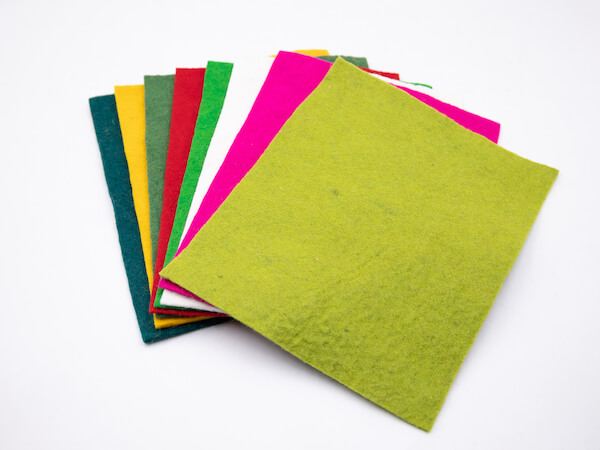
Potential Shrinkage – Requires careful washing
This is another disadvantage of working with felt, which shrinks easily. Not all kinds of felt shrink, but there are some varieties of felt that usually shrink if it is cleaned improperly, and specifically, the majority of them are made from natural wool. Always make sure that you wash felt correctly to avoid shrinking. To prevent shrinkage, you either wash it by hand or use it in the washing machine. You must stay away from using dryers. The items or things that are made of felted wool must be placed in good shape so that you can proceed to dry them well.
Attracts Moths – Needs proper storage
Clothes moths love to eat natural fibers like felt. Felt usually attracts moths, especially when it is placed in a dark spot like a piano frame. These bothersome moths feed completely on natural or animal fiber materials and are specifically affectionate to felt, wool, silk, fur, and more like similar items. These kinds of moths bring huge destruction to the nearest natural fiber materials.
Cleaning Challenges – Hand wash or dry clean recommended
This is also one of the crucial disadvantages of working with felt. Felted wool has highly absorbent qualities and incredibly resilient material, but cannot be tossed into the washing machine as it tends to shrink in warm and hot water and is also quite difficult to clean. As a consequence, most clothing manufacturers suggest dry cleaning the non-woven fabric or washing it by hand, but when selecting the latter, a detergent is used to clean wool fabrics, and scrubbed smoothly and gently with a soft brush to clean.
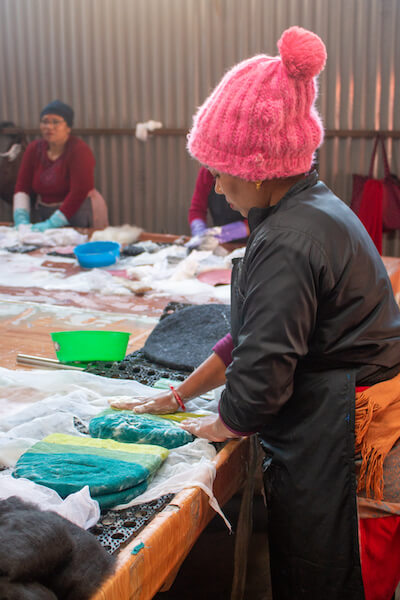
There are thousands of easy things to sew for beginners that you enjoy and that excite you more to play with felt crafts. Playing with felted wool is one of the favorite parts of every interested felt-maker. What are your thoughts on sewing with felt? Is this blog researchful and useful for you? Explore more and get your favorite project you’d like to share.
Tips for Working with Felt
- Using the right needle and thread
- Recommended stitches: straight, blanket, applique
- Easy beginner projects: felt ornaments, finger puppets, garlands, and pillows
Creative DIY Projects Using Felt
- Home décor: tree skirts, garlands, pillows
- Accessories: bags, slippers, hats
- Kids’ crafts: puppets, educational toys
Let us know if you have more tips and ideas to share, then tag us or message us by clicking on this link.
FAQs
Q1: What is felt used for?
A: Felt is used for a variety of purposes, including crafts, home décor, clothing, educational projects, and accessories like slippers, bags, and ornaments.
Q2: Can you sew felt?
A: Yes! Felt can be sewn by hand or with a sewing machine using straight or blanket stitches. Its non-fraying nature makes it beginner-friendly.
Q3: What are the advantages of felt?
A: Felt is eco-friendly, durable, tear-resistant, versatile, inexpensive, easy to cut, and perfect for DIY projects and crafts.
Q4: What are the disadvantages of felt?
A: Felt has limited elasticity, can be rough in texture, may shrink if not cleaned properly, can attract moths, and is sometimes challenging to clean.
Q5: How do I clean felt fabric?
A: Hand wash in cold water or dry clean. Avoid machine drying to prevent shrinkage and distortion of shape.

